crown moulding in bathroomï¼ mdf, plastic, or fjp?
janesylvia
11 years ago
Related Stories
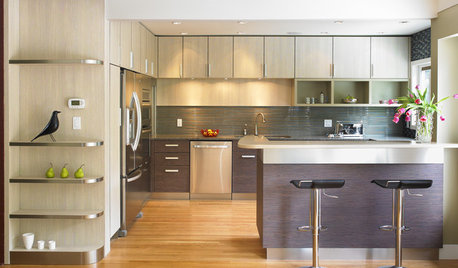
KITCHEN CABINETSGet the Look of Wood Cabinets for Less
No need to snub plastic laminate as wood’s inferior cousin. Today’s options are stylish and durable — not to mention money saving
Full Story
KITCHEN CABINETSChoosing New Cabinets? Here’s What to Know Before You Shop
Get the scoop on kitchen and bathroom cabinet materials and construction methods to understand your options
Full Story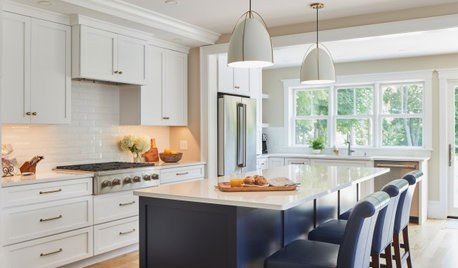
KITCHEN DESIGNPopular Cabinet Door Styles for Kitchens of All Kinds
Let our mini guide help you choose the right kitchen door style
Full Story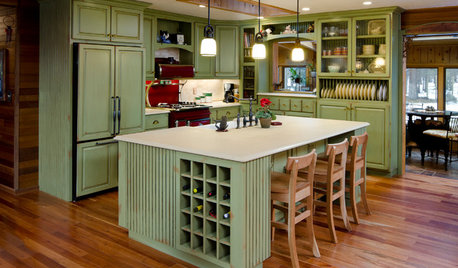
MOST POPULARHow to Reface Your Old Kitchen Cabinets
Find out what’s involved in updating your cabinets by refinishing or replacing doors and drawers
Full Story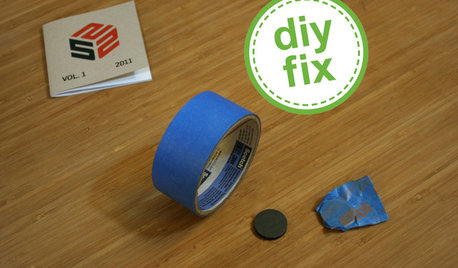
DECORATING GUIDESQuick Fix: Find Wall Studs Without an Expensive Stud Finder
See how to find hidden wall studs with this ridiculously easy trick
Full Story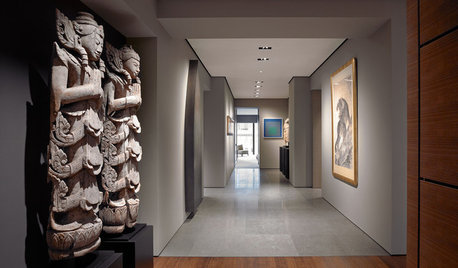
DESIGN DETAILSDesign Workshop: The Modern Wall Base, 4 Ways
Do you really need baseboards? Contemporary design provides minimalist alternatives to the common intersection of floor and wall
Full Story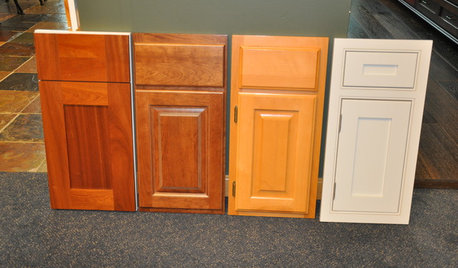
KITCHEN CABINETSLearn the Lingo of Kitchen Cabinet Door Styles
Understand door types, materials and cabinet face construction to make the right choice when you shop
Full Story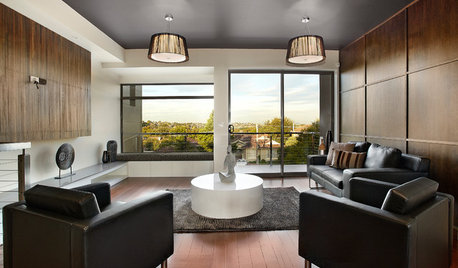
COLOR11 Reasons to Paint Your Ceiling Black
Mask flaws, trick the eye, create drama ... a black ceiling solves a host of design dilemmas while looking smashing
Full Story
MOST POPULARFrom the Pros: How to Paint Kitchen Cabinets
Want a major new look for your kitchen or bathroom cabinets on a DIY budget? Don't pick up a paintbrush until you read this
Full Story
KITCHEN CABINETSKitchen Cabinet Color: Should You Paint or Stain?
Learn about durability, looks, cost and more for wooden cabinet finishes to make the right choice for your kitchen
Full StoryMore Discussions






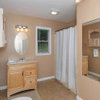

allison0704
VictoriaElizabeth
Related Professionals
Rancho Mirage Kitchen & Bathroom Designers · St. Louis Kitchen & Bathroom Designers · 20781 Kitchen & Bathroom Remodelers · Allouez Kitchen & Bathroom Remodelers · Centerville Kitchen & Bathroom Remodelers · New Port Richey East Kitchen & Bathroom Remodelers · South Barrington Kitchen & Bathroom Remodelers · Carol City Glass & Shower Door Dealers · Leander Glass & Shower Door Dealers · Cypress Glass & Shower Door Dealers · Chino Glass & Shower Door Dealers · Country Club Cabinets & Cabinetry · Canton Cabinets & Cabinetry · Lockport Cabinets & Cabinetry · Dallas Window TreatmentsMongoCT
janesylviaOriginal Author
janesylviaOriginal Author
MongoCT
janesylviaOriginal Author
MongoCT
janesylviaOriginal Author
MongoCT
janesylviaOriginal Author